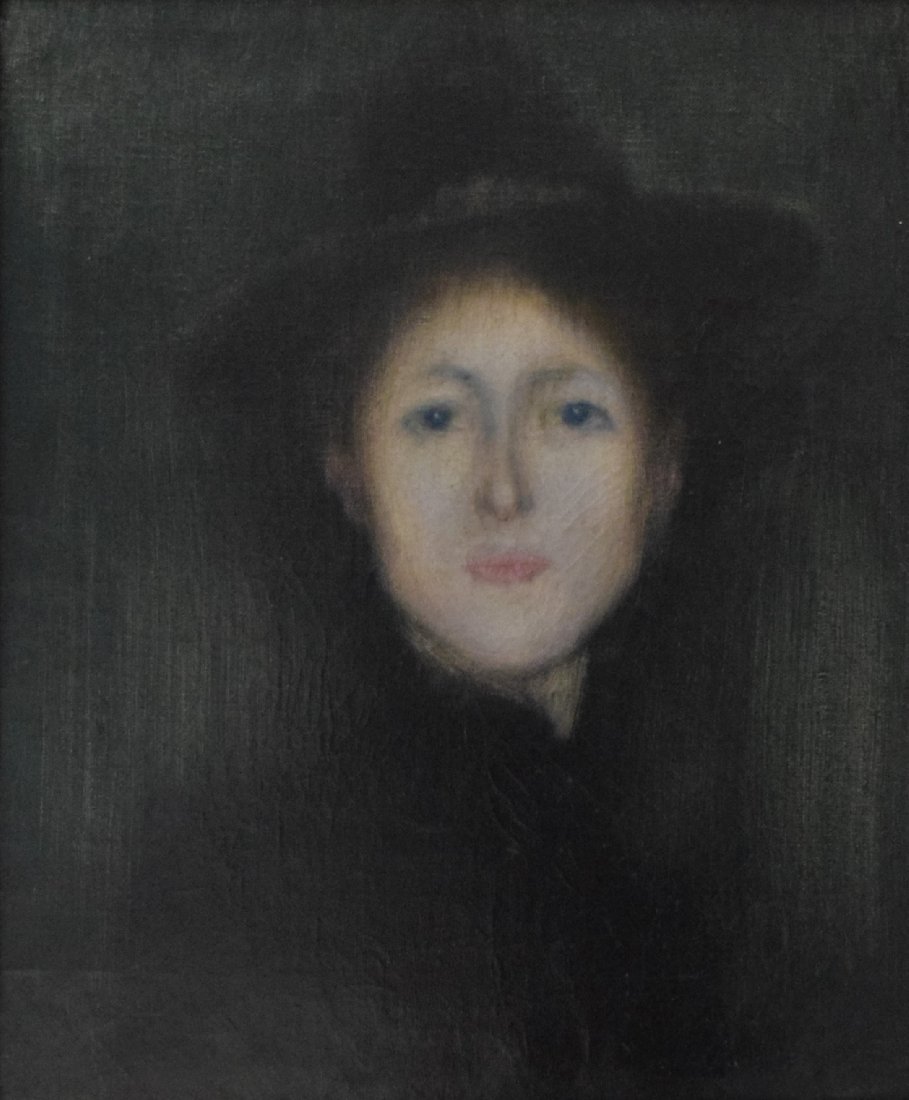Description:
József Rippl-Ronai was a Hungarian artist (1861-1927). Initially, he studied pharmacology, but at the age of 22 he began studying painting at the Munich Academy. His mentors were Heinrich Joachim Herterich and Wilhelm von Diez. While on a scholarship in Paris, he became interested in the aesthetics of Gauguin and the Pont-Aven school, and then joined the Nabis school. His work is marked by a “black period” in which the influence of symbolism is clearly visible. His first solo exhibition took place in 1892 at the Austrian-Hungarian Embassy in Paris, bringing the artist success and favorable reviews from critics. Over the years, he exhibited his works at European exhibitions. In his work, he dealt with portraiture and landscape painting, graphics, as well as interior design and applied art. He was recognized as the “prophet of modern art” of Hungary in the early twentieth century.
Description of the painting:
The portrait depicts a woman in a bust view, en face (from the front). The woman’s arms are shown as a black patch of color, which corresponds to the black, tall hat on her head. The woman’s face is shown in bright colors. Her oval emerges from the dark, monochromatic background. The woman’s features are blurred, with strong accents being the clenched, pinkish lips and green eyes. The shape of the nose and eyebrows are indicated by a highlight.
The work is almost monochromatic, the artist used colors in shades of gray, black and dark green. The dark background and black parts of clothing envelop the face in the center of the picture. Its pallor is clearly set off from the frame, attracting the viewer’s attention. The clothing marked with patches of color and the uniform background make the portrait a study of the woman’s face. Despite the fact that the features are not sharpened, the woman’s face is full of expression, which is emphasized by her clenched lips and a captivating gaze. The figure is presented as if shrouded in fog, which emphasizes the symbolic dimension of the work and gives a mysteriousness to the model.


